
The 4 Types of Market Segmentation
Knowing your target market is key to ensuring effective marketing campaigns. A lack of understanding into the diverse segments that sit within your market can lead to strategies that miss the mark, failing to engage your audience and resonate with them.
Research from SALESmango highlights this criticality, revealing that a staggering 77% of marketing ROI is attributed to segmented, targeted, and triggered campaigns. So, if your marketing efforts are falling short, it may be time to revisit and refine your market segmentation approach.
Investing time and resources into market segmentation allows you to delve into the specific needs and preferences of each distinct subgroup within your target audience. This approach ensures that you provide personalized experiences that truly connect with consumers' unique desires and expectations.
To better understand the vital role of personalized and targeted marketing in more detail, read our complete guide on Segmentation, Targeting, Positioning (STP Marketing).
In this article, we’ll explore the 4 main types of market segmentation and how to use each type effectively:
- Demographic segmentation
- Geographic segmentation
- Behavioral segmentation
- Psychographic segmentation
 Before diving into the diverse types of market segmentation, let's first demystify what it actually entails. This foundational understanding will allow for a more nuanced exploration into the various types of segmentation that sit under this umbrella.
Before diving into the diverse types of market segmentation, let's first demystify what it actually entails. This foundational understanding will allow for a more nuanced exploration into the various types of segmentation that sit under this umbrella.
What is market segmentation?
Market segmentation is the strategic division of a broader market or customer base into distinct subgroups based on shared characteristics, preferences, or demographic factors. The goal of segmentation is to tailor marketing strategies to resonate with the varied subgroups that exist within your larger target audience.
At its core, market segmentation acknowledges a fundamental truth: different groups perceive and discuss the same topics in diverse ways. Gaining a deep understanding of these unique audience segments allows you to tailor your approach to engage each group more meaningfully and relevantly.
When marketing campaigns are finely tuned to address the specific needs and preferences of a particular audience segment, the likelihood of conversion and customer engagement increases significantly. It's about investing time to accurately identify and understand your target audience or Ideal Customer Profile (ICP), ensuring that your marketing efforts are focused and impactful, rather than casting too wide a net and missing the mark with your message.
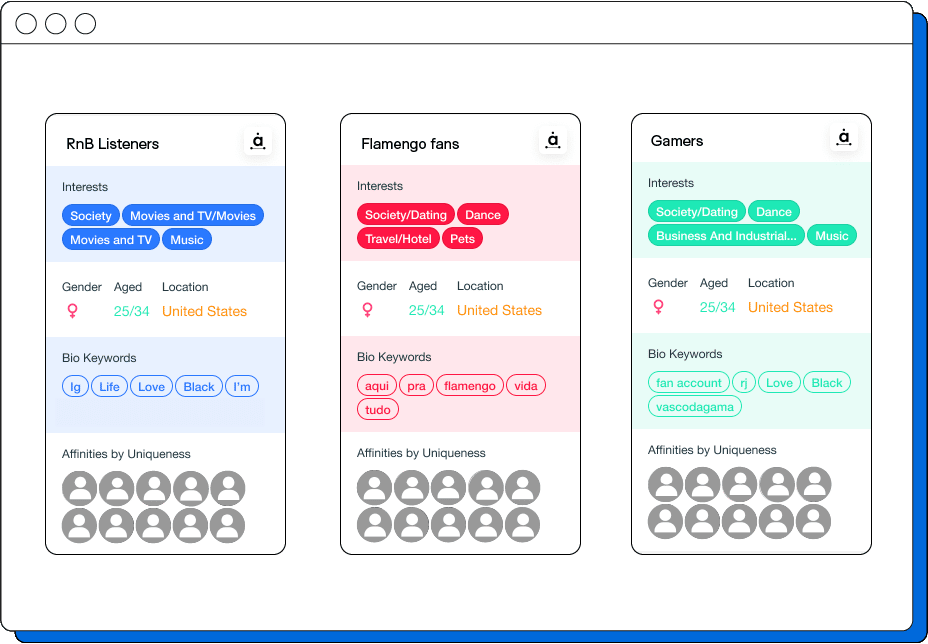
Head to our complete guide: “What is market segmentation? A detailed look at segmenting your customer base” for a more in-depth exploration of market segmentation.
Why is a market segmentation strategy important?
According to NotifyVisitors’ segmentation statistics for 2024:
- Around 80% of audiences are more likely to purchase from a brand that personalizes their experience - hence why it’s important to segment your audience and craft tailored marketing comms based on their unique subgroupings.
- 80% of companies that use market segmentation report increased sales.
- And, segmentation makes brands 60% more likely to understand customers’ pain points, as well as 130% more likely to know their intentions.
In essence, market segmentation techniques allows companies to personalize their communications in a way that most consumers expert from the modern, digital realm. Insider Intelligence reports that a huge 73% of customers expect brands to be able to anticipate and match their unique needs, preferences and expectations. Suggesting that a strategy without market segmentation processes integrated within it, really isn’t going to hold up and compete within such a dynamic and evolving market.
Beyond utilizing market segmentation to ensure your marketing teams are aptly positioned to send the right message, through the right channel, at the right time - it also opens up doors to new opportunities and enhance your brand’s reach and offerings by:
- Identifying niche markets: Market segmentation can reveal niche markets with specific needs, allowing for the creation of targeted products or services that cater to these unique demands.
- Optimizing marketing budgets: By understanding different market segments, you can allocate your marketing budget more effectively, focusing resources on the most profitable or promising segments.
- Improving customer retention: Tailoring experiences based on segment-specific insights can significantly improve customer satisfaction and loyalty.
- Enhancing competitive advantage: Understanding your market segments better than competitors can give you a significant edge, particularly in how you communicate and engage with these groups.
- Guiding product innovation: Insights from market segmentation can inform product development, ensuring that new offerings are closely aligned with customer needs and trends.
- Refining brand messaging: Market segmentation helps in crafting resonant and relevant brand messages that appeal to the specific interests and values of different audience segments.
- Predicting market trends: By analyzing trends within each segment, you can anticipate changes in consumer behavior and adapt your strategies proactively.
The 4 key types of market segmentation
Demographic segmentation
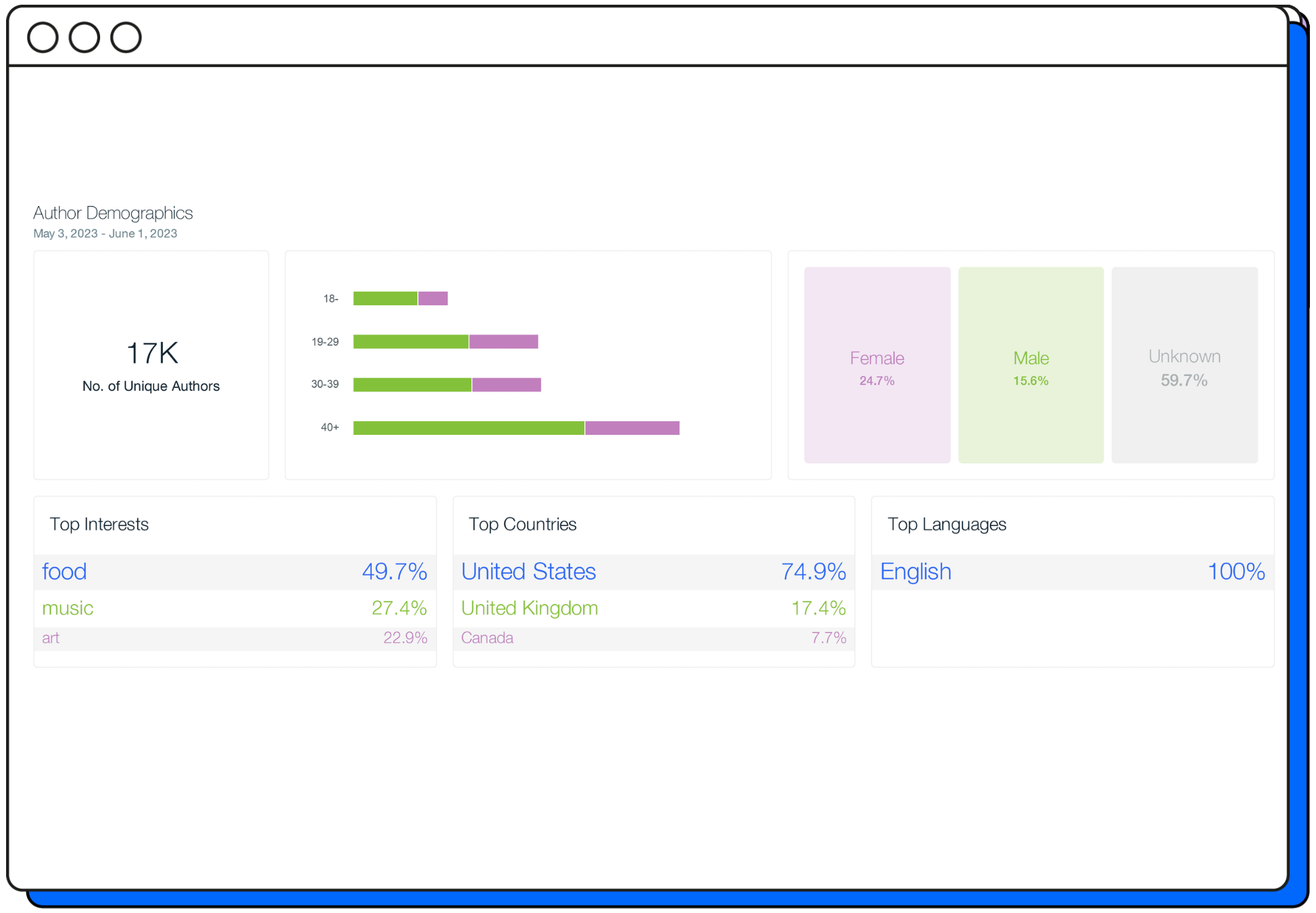
While demographics is often considered the most simple and straightforward type of segmentation, it’s arguably the most effective too.
Demographic segmentation allows you to split up your audience and create fruitful buyer personas for a more targeted approach. This based on factors, such as:
- Age
- Gender
- Location
- Education level
- Job title
- Income
For example, let’s consider a hypothetical beauty and cosmetics company that uses demographic segmentation for more precise targeting. The company segments its market by age and gender. It markets a skincare line for teenagers focusing on acne treatment and prevention, while offering an anti-aging skincare range for customers aged 40 and above. Additionally, they have a men's grooming line tailored specifically for male skin care needs.
For more on demographics, head to our complete guide on audience demographics, and learn how to transform demographic data into razor sharp insights with our article on demographic audience analysis.
Geographic segmentation
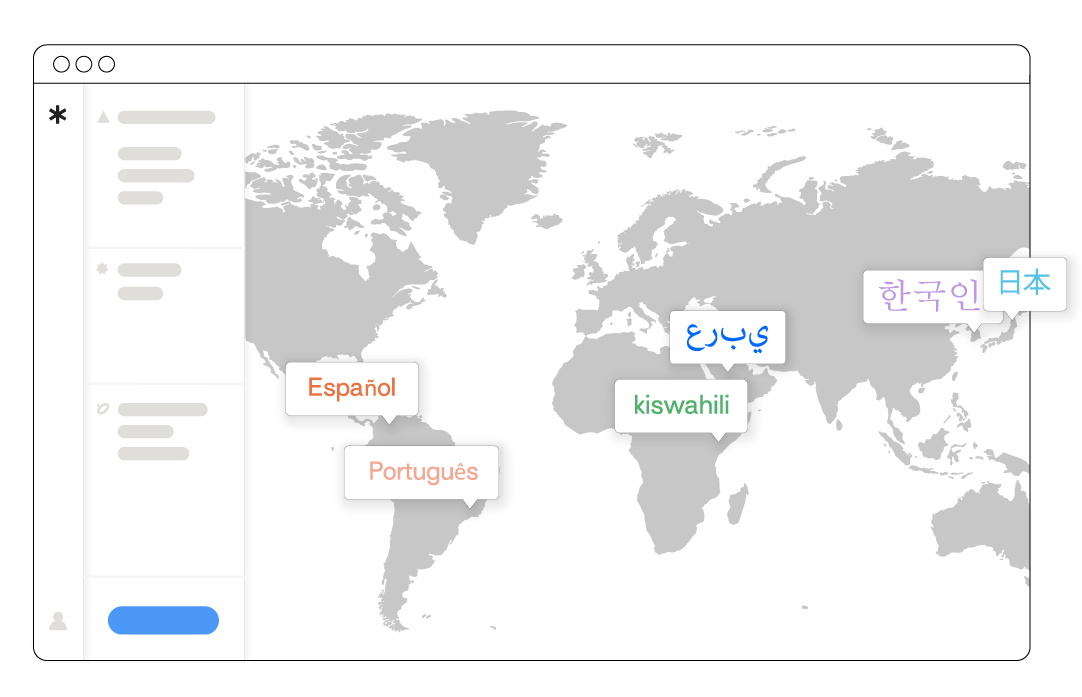
Geographic segmentation refers to the process of grouping your audience based on where they live or where they shop. In many cases, people who live in a similar area, whether this is a specific city, state or even country exhibit similar needs, mindsets and cultural dispositions.
Geographic segmentation is about more than just understanding where your audience is positioned in the world, it’s about taking inferences from their geographic location that can tell you more about their purchasing habits. It’s important to take your geographic segmentation a step further by drawing insights into what their location, and the variables it's defined by, says about them.
For example, some possible variables to consider are:
- Climate / seasonal factors
- Culture
- Language
- Population density (urban or rural)
- Local regulations and policies
- Time zone
Picture this: a restaurant chain with multiple international locations is building a new menu using geographic segmentation to support this process. Aided with insights, the restaurant alters its menu based on local tastes and dietary preferences by offering spicier dishes in regions known to enjoy bold flavors or featuring seafood prominently in coastal areas - ultimately appealing to a wide range of unique customer preferences.
Behavioral segmentation
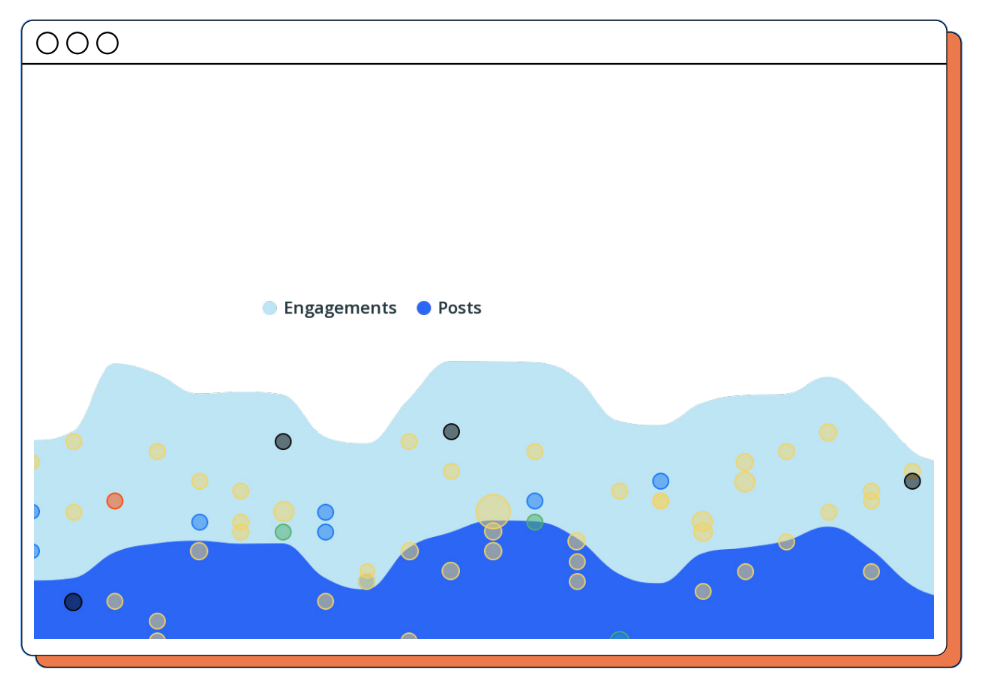
Behavioral segmentation is the process of grouping your audience based on common behaviors they exhibit when interacting with your brand or shopping online.
There are several ways ‘behaviors’ can materialize in this instance, these include:
- Purchasing habits
- Browsing habits
- Interactions with your brand
- Brand loyalty
- Engagement level / response rate
- Usage rate
- Customer journey stage
Analyzing this type of data and making use of behavioral segmentation will allow you to pick up on patterns in your customers’ behavior that will help you predict and account for how they will interact with your brand in the future.
Take the popular streaming service Netflix, as an example. They effectively use behavioral segmentation by analyzing viewers' watching habits, categorizing users into segments based on genres they frequently watch, such as drama, comedy, or documentaries. This segmentation allows Netflix to personalize recommendations and target marketing for new shows or movies, enhancing user engagement and satisfaction.
Psychographic segmentation
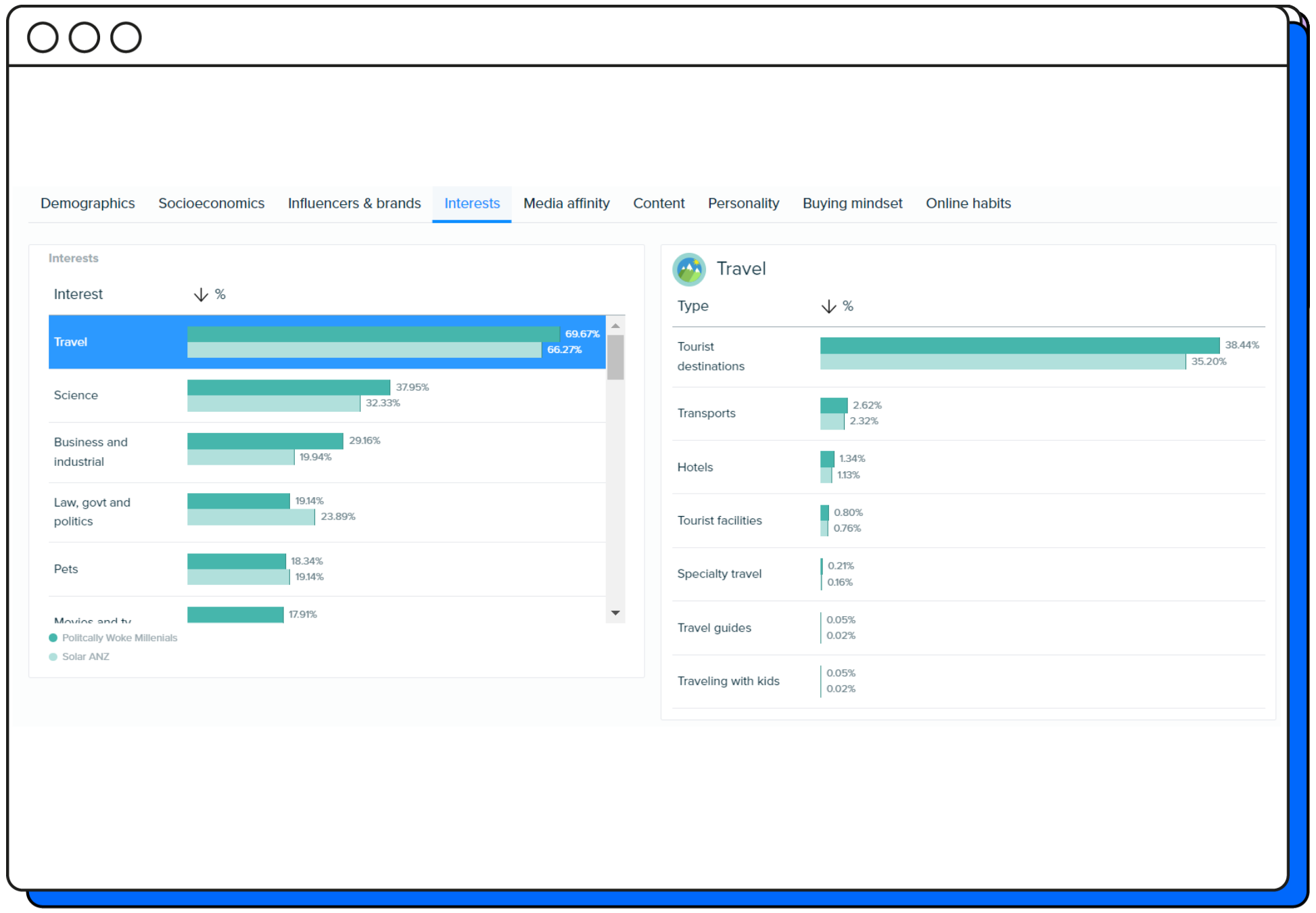
Psychographic segmentation is often considered the most challenging form of segmentation to pin down, but on the flipside, this also makes it one of the most valuable types.
When we talk of psychographic segmentation, we’re referring to the innate personal values, beliefs, political standpoints and psychological traits that characterize our audience members.
Some ways you can group your customers could be based on:
- Personality
- Lifestyle
- Beliefs
- Opinions
- Social status
- Hobbies
- Life goals
- Values
- Likes / dislikes
- Needs / wants
Of course, factors like these are more challenging to pin down and identify but through advanced Audience Intelligence tools like Pulsar TRAC, you’re able to gain a more granular picture of your audience and who they are.
Let’s consider a travel agency as an example. They identify a segment of customers driven by a thirst for adventure and cultural enrichment. These individuals value unique, immersive experiences over traditional tourist activities. Using psychographic segmentation, the agency tailors its offerings with exotic, off-the-beaten-path travel packages, perfectly aligning with this group's deep-seated desire for exploration and cultural immersion.
Market segmentation FAQs
What are the 4 types of market segmentation?
- Demographic segmentation
- Geographic segmentation
- Behavioral segmentation
- Psychographic segmentation
What is market segmentation?
Market segmentation is the process of dividing a broad market into sub-groups of consumers based on shared characteristics. The segments created are composed of consumers who will respond similarly to marketing strategies and who share traits such as similar demographics, preferences, needs, behaviors or locations.
Why is market segmentation important?
Market segmentation is important because it allows businesses to precisely reach a consumer with specific needs and wants. Segmentation enhances the efficiency of marketing strategies, reduces resource wastage, and maximizes the impact and ROI of marketing campaigns by ensuring the right message reaches the right audience at the right time.
What is an example of market segmentation?
Consider a fitness apparel brand as an example to outline market segmentation and how it works. Using segmentation, the brand can divide its target audience based on activity interests and fitness goals. For instance, they might create distinct marketing campaigns for yoga enthusiasts (psychographic segmentation), marathon runners (behavioral segmentation), teenagers (demographic segmentation), and residents in coastal regions where outdoor activities are popular (geographic segmentation). Each campaign would be tailored to resonate with the specific interests, behaviors, age group, or location of these different segments, ensuring more personalized and effective marketing.
What is an advantage of market segmentation?
A key advantage of market segmentation is the ability to tailor marketing efforts to meet the specific needs and preferences of different audience segments. Targeted marketing - achieved through segmentation - increases the likelihood of customer engagement, improves customer satisfaction, and drives higher sales and loyalty.
To stay up to date with our latest insights and releases, sign up to our newsletter below:
